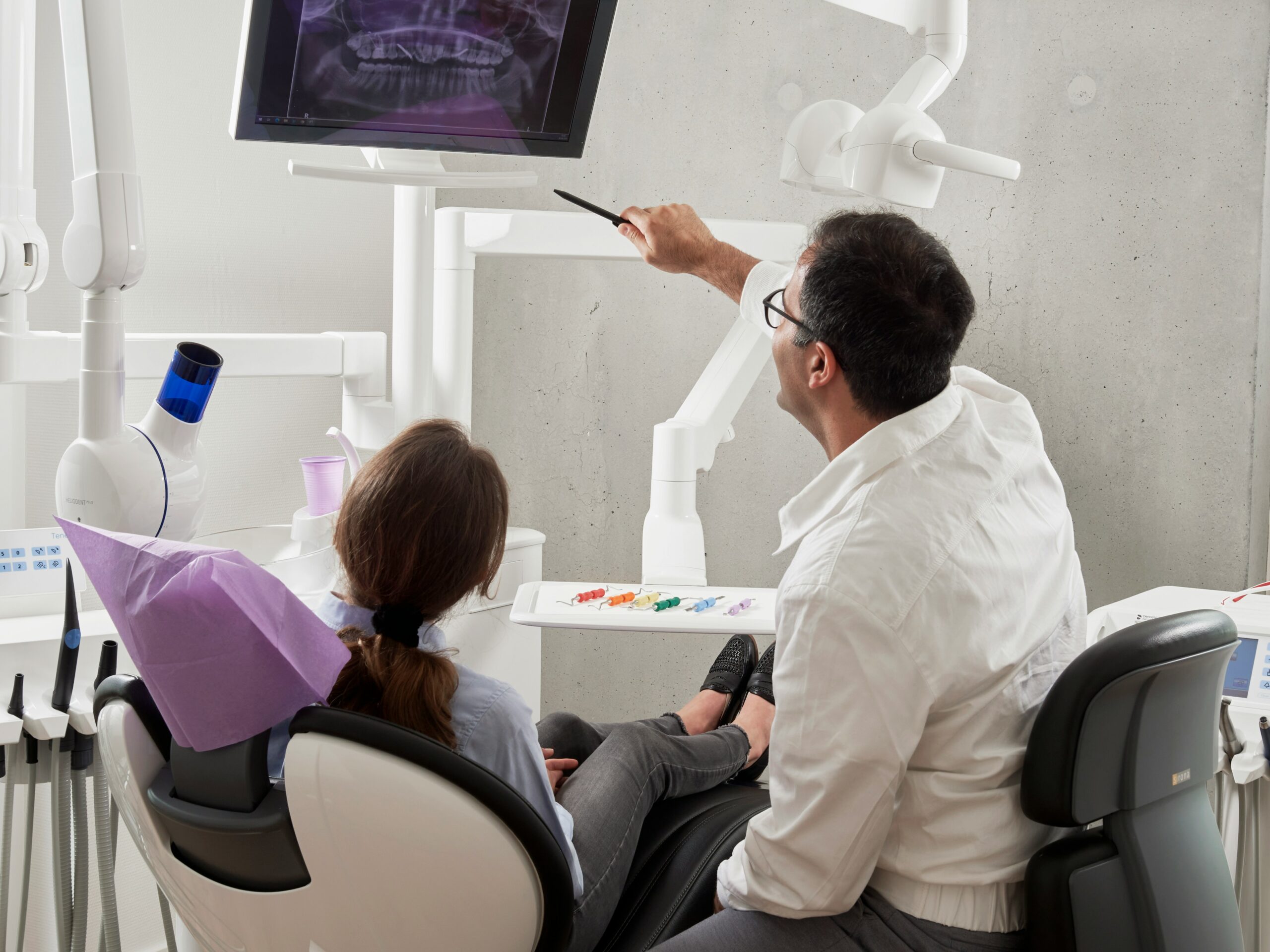How Much Does a Dentist Make A Year?
If you’re considering going into dentistry or are already a dentist, you may want to know what your income potential really looks like.
In this article, we’re going to highlight the different stages of dentistry, from a new graduate to practice ownership and even those who want to take it a step further and own multiple practices.
Remember that these numbers are only estimates and can vary based on several factors.
If you’d rather watch the video instead, check it out below:
Don’t Miss Any Updates. Each week I’ll send you advice on how to reach financial independence with passive income from real estate.
Sign up for my newsletterThe New Graduate
Let’s start with the new graduate, someone right out of dental school, at the first stage of a dentist’s career. The average billing for a new graduate is around $250 to $300 per hour.
Based on this, they can expect an income range of anywhere from $140,000 to roughly $180,000 annually. According to the American Dental Association (ADA), these figures can be higher or lower depending on various factors.
It’s important to remember that these numbers also factor in part-time dentists. Their income may not align with your particular career path. Income potential can shift significantly if you choose to work more hours or relocate to an area with a higher demand for dental services.
New Graduate Example
For example, a dentist I know took a job in a less populated area with high demand right after graduating. His take-home income for the first year was over $300,000, which is rare for a new graduate.
Generally, a new graduate in the right location and practice can expect to make an average of about $150,000 a year.
The Established Associate
As you continue from the new graduate phase and gain more experience, you move on to the next stage: the established associate phase.
Dentists in this phase have roughly two to five years of practice experience, which enables them to perform more procedures and earn more money.
Some dentists take courses to become more proficient in:
- molar root canals
- complex aesthetic cases
- placing dental implants
- removing third molars
- IV sedation
The average billing for this phase is around $400 to $500 per hour. In this stage, you can expect to make anywhere from $180,000 to $400,000 annually.
The average income for an established associate is about $250,000 a year. In the U.S., it’s common for a dental associate to be paid 35% of their collections.
To make this average salary, a dentist would need to bill about $700,000 annually, which translates to producing about $2,800 a day over 250 working days a year.
Curious about the annual dentist’s salary by state? Check out this article.
Join the Passive Investors CirclePractice Ownership
The Journey to Ownership
Finally, we move on to practice ownership. This is often considered the pinnacle of earning potential in dentistry, but it comes with its challenges.
I rented space from an endodontist when I first started, sharing staff and equipment. Once I moved out and became my own boss, I quickly realized how demanding practice ownership could be.
Too bad that dental school doesn’t teach us how to:
- run a practice
- hire or fire employees
- manage payroll
- make tax payments
- deal with other business aspects
The Benefits of Ownership
However, there are great benefits to owning your own dental practice. You have complete control over the types of treatments offered and how they are delivered.
You can also hire hygienists to work for you, which increases your earning potential.
Financial Considerations
Let’s look at some numbers.
| Financial Aspect | Description |
|---|---|
| Overhead Costs | Includes employee salaries, supplies, equipment, and day-to-day costs. Typically ranges from 50% to 70% of a single practice’s revenue. |
| Average Annual Billing | According to the ADA, the average dentist owner bills around $742,000 annually. |
| Net Income with 60% Overhead | With a 60% overhead, the net income would be approximately $300,000 per year. |
| Potential Take-Home Income | It’s not uncommon for practice owners to take home over $400,000 or $500,000 annually. |
Owning Multiple Practices
Expanding Your Reach
The real magic starts when you own multiple practices.
A friend of mine, who is younger than me, owns ten dental practices. These are mainly associate-run, allowing him to be present only if he chooses.
Owners of multiple associate-run practices can expect to take home roughly 20% of the total billing. For example, if someone owns five practices that each collect $1 million annually, they would net about $1 million a year.
Challenges and Rewards
Owning multiple practices comes with challenges, such as managing multiple offices and staff, but the potential earnings can be substantial. The more successful your practice or practices become, the more you can potentially earn.
Dentistry offers various ways to make money, whether you work part-time as an associate or own multiple practices without treating patients.
Remember, if you own a practice, it is also an income-producing asset that you may want to sell at some point, providing another stream of income to your portfolio.
Conclusion
There you have it: the three stages of dentistry and what you can expect to make at each stage.
Watch this video to learn about the seven habits I learned after interviewing hundreds of millionaire dentists.
Join the Passive Investors Circle

